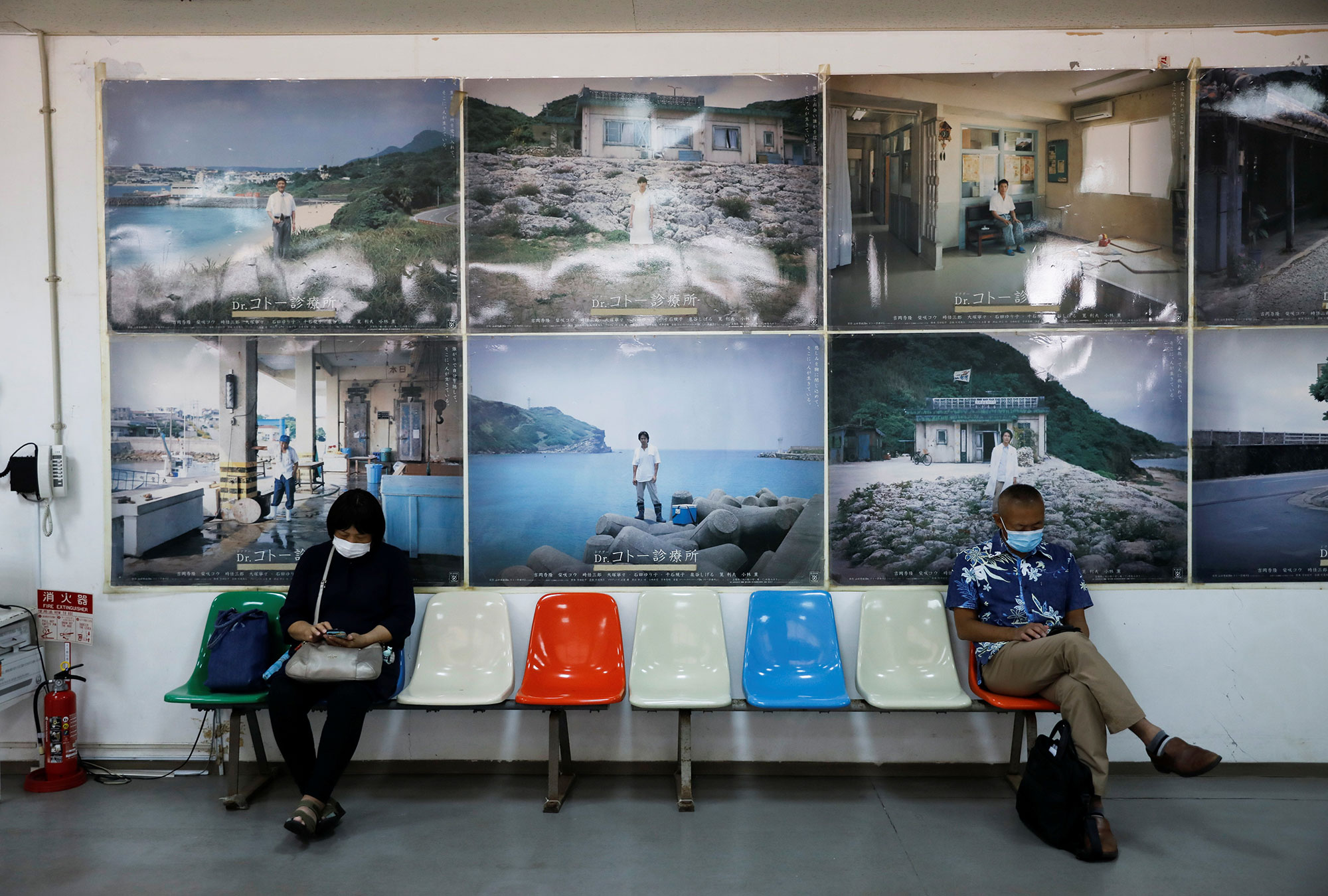
Part III:
Preparing for a Taiwan crisis
On the outskirts of Sonai, one of the three communities in Yonaguni, lies the town’s main cemetery where generations of islanders are buried.
Their final resting place by the sea was disturbed on a morning in early March when a large, dark gray warship emerged from behind the rocks. The JS Hamana, one of the Japanese Maritime Self-Defense Force’s three Towada-class fast combat support ships, made a rare appearance.
It is unclear what the Hamana was doing in Yonaguni. But its visit followed a report last September that the Japanese Defense Ministry wanted to expand fuel and ammunition storage facilities along the Ryukyu island chain as part of a plan to beef up defenses on its remote islands in the East China Sea in preparation for a possible Taiwan Strait crisis.
Defense Minister Yasukazu Hamada was quoted by Japanese media as saying that moving ammunition and equipment to the southwest would improve Japan’s deterrence capabilities.
An ammunition depot will be built on one of the islands. Port facilities and fuel depots will also be set up to not only meet Japanese military needs but also to support U.S. forces responding to a Taiwan conflict.
An electronic warfare unit is being sent to Yonaguni this year and an army garrison equipped with anti-ship and surface-to-air missiles will be established on Ishigaki island, 120 kilometers (72 miles) away.
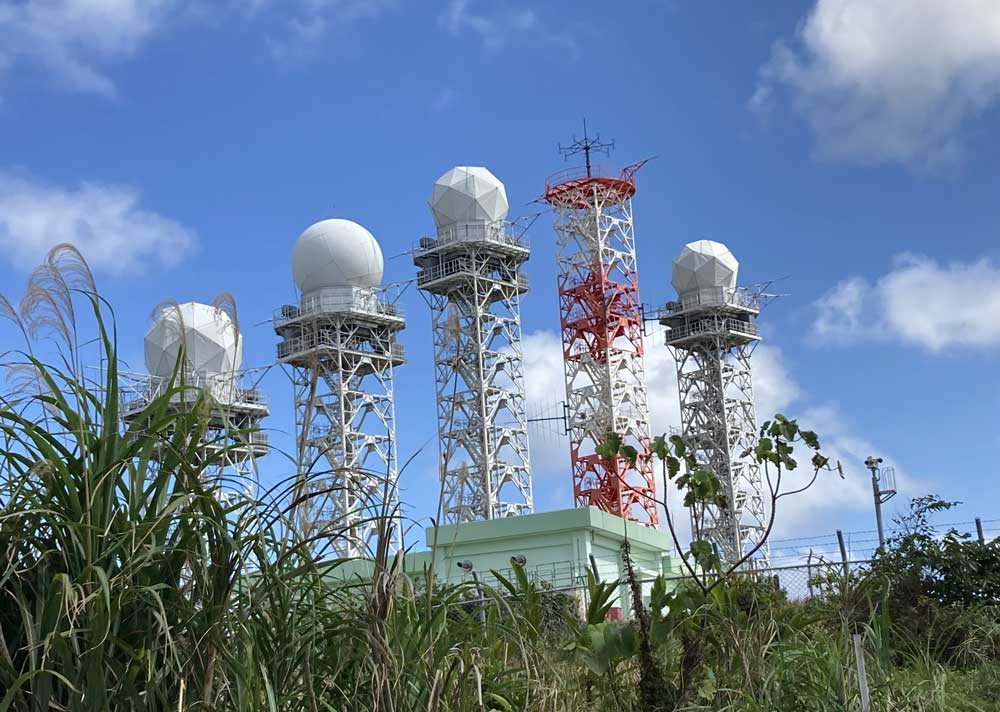
The electronic warfare unit, an important part of Japan’s military planning and operations, can detect, intercept and disrupt enemy communications using signals such as radio, infrared, or radar.
Japan’s 2022 defense white paper states that “the stability of the situation surrounding Taiwan is also critical for Japan’s security” and that Yonaguni, the island closest to Taiwan, will have its self defense capacities strengthened.
‘Caught in the crossfire’
The strategic position of Yonaguni was recognized long ago by the Americans.

In June 2007, two U.S. warships–the USS Guardian and the USS Patriot–docked in the island’s Sonai port for the first time since 1972.
“This port call to Japan's westernmost point, located only seventy miles from Taiwan, was operationally significant,” reads a cable by Kevin Maher, then the U.S. consul general in Okinawa.
The secret cable, released in 2011 by Wikileaks, revealed that the U.S. military thought “Yonaguni island, as the Japanese territory forward located closest to Taiwan, foreseeably could become a hub for mine countermeasures operations in the event of a contingency in the Taiwan Straits.”
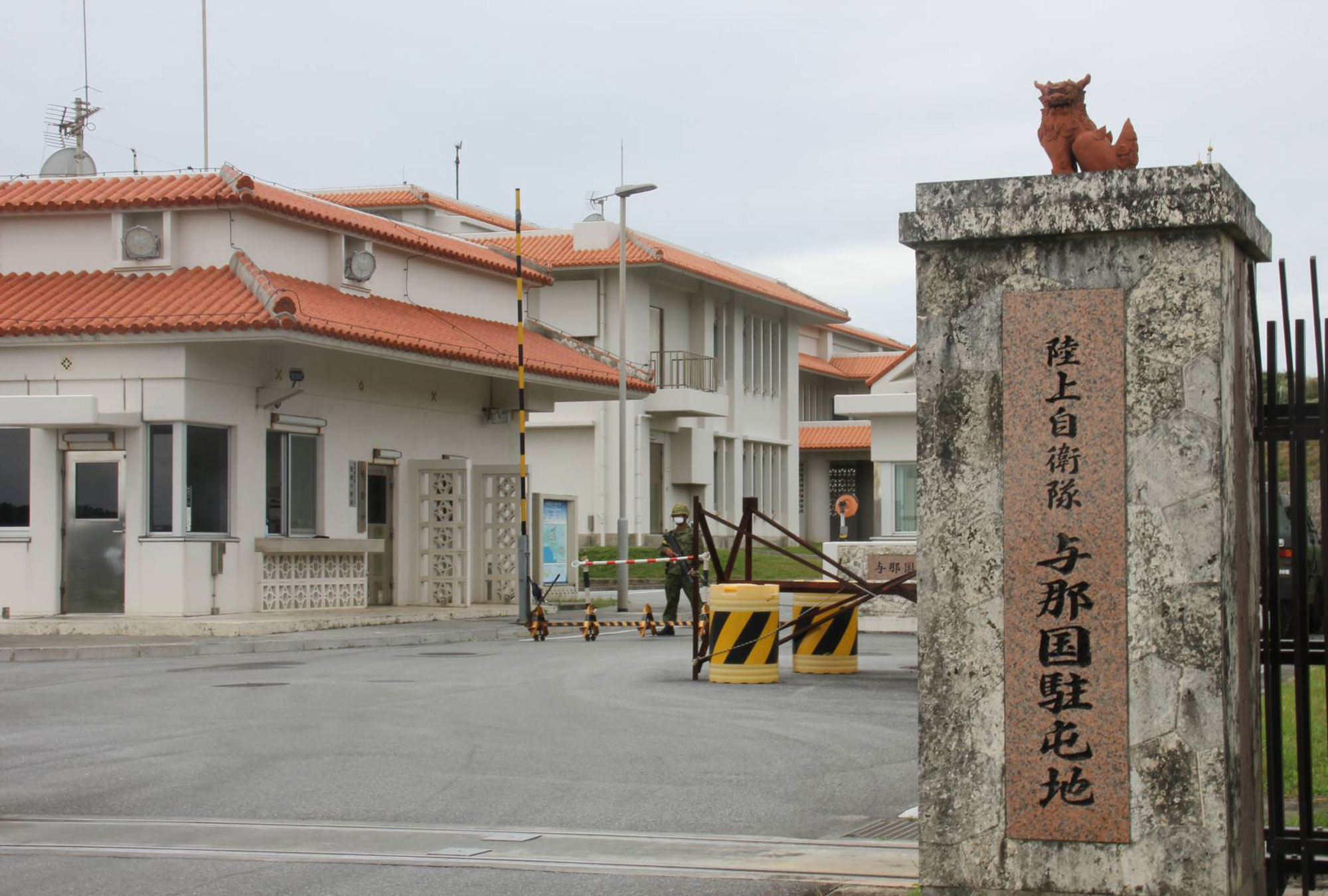
During the third Taiwan Strait crisis (1995-1996), local fishermen asked the government for a troop deployment, but a permanent military presence in Yonaguni had long been a contentious, divisive issue.
Only in 2016, after years of debate among politicians and local residents, a Japanese Self-Defense Force (JSDF) base was finally set up on the island.
“It was the biggest change, the arrival of the JSDF and the coast guard,” said Shigenori Takenishi, head of Yonaguni’s Fishing Cooperative.
“Nearly 200 members of the JSDF and their families added a lot of people to the town’s population,” he said.
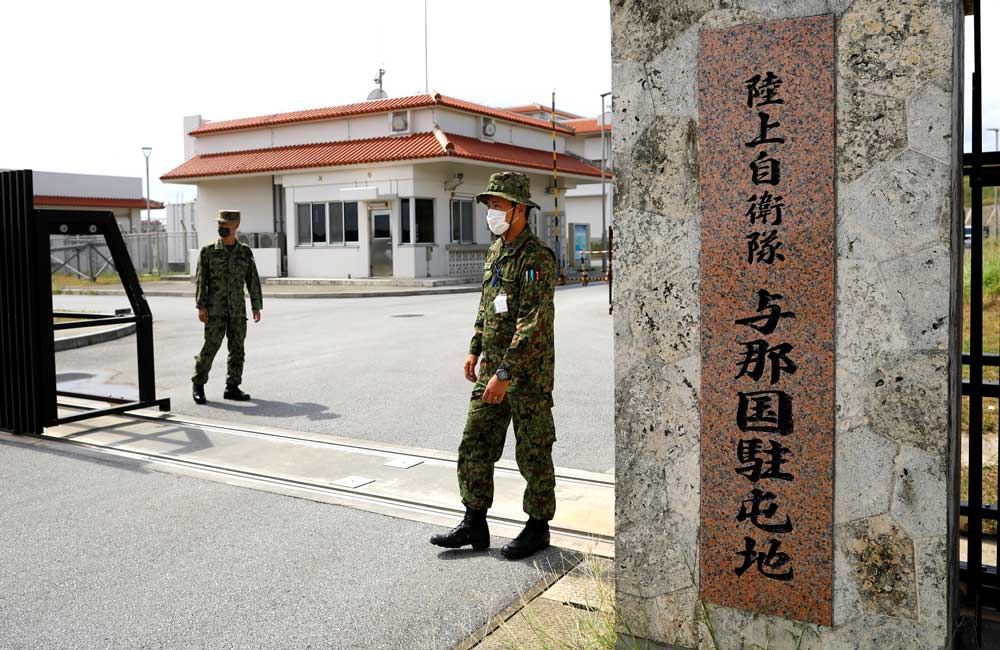
The JSDF uses five hill-top radar systems to conduct coastal surveillance and monitor the surrounding sea and airspace.
Last April, a new addition in the form of a 20-strong Air Self-Defense Force team came to Yonaguni with some early warning air surveillance systems. Their mission is to detect aircraft suspected of violating Japanese airspace.
But the talk about a new electronic warfare unit in Yonaguni and a missile base on Ishigaki island has rattled the residents the most.
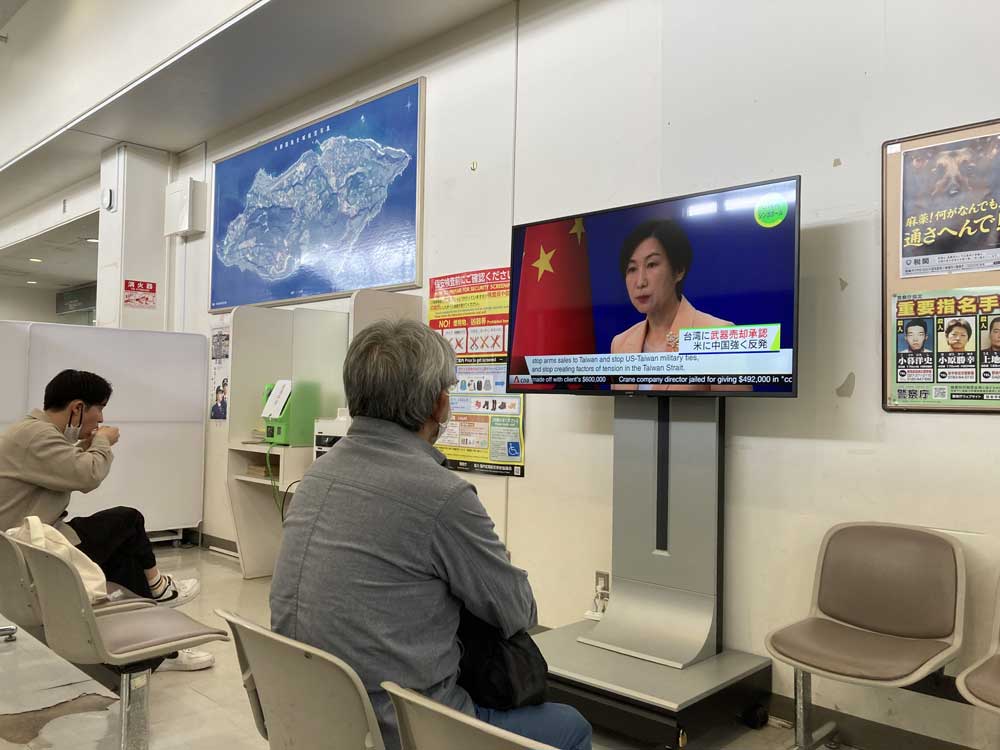
Toshio Sakimoto, town assembly member and distillery businessman, said that “the problem is the missiles.”
“They’ll lead to more tension and conflict and we’ll be caught in the crossfire.”
“They said that the missile unit is for our protection but we don’t believe that so we oppose bringing missiles to this area,” Sakimoto said, adding that Japanese and Chinese governments need to speak to each other and “diplomacy is the key.”

“Ordinary people just want to do business, trade, to make money. No one is interested in wars.”
Message of deterrence
“Some people think that if there’s no army or missile here it’d be safer for the island but I don’t agree with them,” said Mayor Itokazu who has been supportive of the JSDF deployment since the idea was proposed 15 years ago.
“Look at Senkaku islands! There’s nothing there but the Chinese Navy still surrounds the islands all the time,” he said.

Itokazu, who was trained as a weatherman, said that he never wanted to become a politician.
“But I wanted to bring the internet here, and I wanted to strengthen defense here so that the island’s residents feel safe,” he said. “The previous mayor didn’t do those things so I became a politician to do it myself.”
Itokazu has also been promoting stronger ties with Taiwan, and the need of having direct services between the two islands as they share many things, from common values to economic progress and security.
Between Yonaguni and Taiwan flows the Kuroshio, one of the strongest oceanic currents in the world. This natural barrier shielded Yonaguni from influences and threats from the east and northeast in ancient times but can’t stop missiles and modern warships.
Yoshiyuki Ogasawara, professor at the Tokyo University of Foreign Studies and an expert on Taiwan-Japan relations, said that Yonaguni and Okinawa should “send a message that a war is absolutely unacceptable.”
“The possibility of an emergency in Taiwan is not high at the moment, but it is there,” Ogasawara said.
“Deterrence is essential.”
